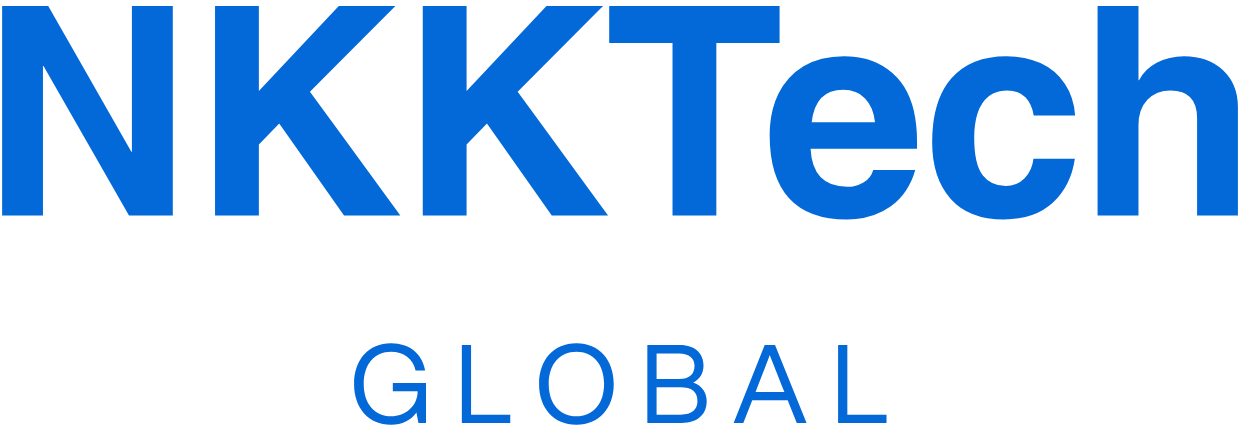Navigating the Balance Between Cost and Quality in Software Outsourcing
In the rapidly evolving technological landscape, optimizing resources and costs has become a top priority for businesses. Software outsourcing has emerged as a strategic solution, helping companies access high-quality talent and reduce operational burdens. However, one of the biggest challenges businesses face is how to balance the software outsourcing cost with ensuring the quality of the final product. This decision not only impacts the budget but also directly affects operational efficiency and the company’s market reputation. This article will delve into the factors influencing both cost and quality in the software outsourcing process, providing comprehensive insights to help you make the most optimal choice for your project.
Table of Contents:
- Understanding Software Outsourcing Costs: Influencing Factors
- Ensuring Software Outsourcing Quality: Key Criteria
- Comparing Cost and Quality: Finding the Optimal Balance
- Steps to Choosing the Right Software Outsourcing Partner
Understanding Software Outsourcing Costs: Influencing Factors
Software outsourcing cost is one of the primary deciding factors when businesses consider externalizing their development needs. To set a reasonable budget, it is essential to understand the factors that influence these costs. One major factor is the pricing model used by the service provider. Three common models include fixed-price, time & materials (T&M), and dedicated team. Each model has its pros and cons, suitable for different project types and stability requirements. For instance, projects with clear, stable requirements often suit fixed-price, while T&M offers more flexibility for complex and evolving projects. Additionally, the geographical location of the software outsourcing partner significantly impacts the cost. Countries with lower labor costs, such as India, Vietnam, or Eastern European nations, often offer more competitive rates compared to North American or Western European partners. However, this can also come with challenges related to time zones and cultural differences. Project complexity and scope cannot be overlooked. An application with many complex features, requiring integration with multiple systems, or utilizing advanced technologies will demand more hours and expertise, leading to higher costs. The technology stack and required expertise also directly affect the price; rare technologies or those requiring specialized skills typically command higher rates. Finally, it is crucial to consider hidden costs such as project management fees, communication expenses, and costs arising from change requests, which can significantly increase the total software outsourcing cost if not managed meticulously from the outset.
Ensuring Software Outsourcing Quality: Key Criteria
While cost is an important factor, software outsourcing quality is crucial for the long-term success of the project and the product’s reputation. To ensure the received product meets high standards, businesses need to pay attention to several key criteria when selecting and working with a partner. First and foremost is the vendor selection process. A reputable partner will have a clear track record, successfully completed projects, and positive testimonials from previous clients. Thoroughly reviewing their portfolio and case studies will help you assess their expertise and experience in areas relevant to your project. Second is communication and transparency. Effective communication is the backbone of any successful software outsourcing project. Ensure that the partner can communicate clearly, provide regular progress updates, and be transparent in all aspects of the project, from planning to issues that arise. Time zone differences or language barriers can affect this ability, so a proper management plan is essential. Software development methodologies also play a significant role. Partners using agile methodologies (Scrum, Kanban) often deliver higher software outsourcing quality due to their ability to adapt quickly to changes and incorporate continuous feedback from clients. Rigorous Quality Assurance (QA) and testing processes are indispensable. A quality partner will have a professional QA team that performs all types of testing (unit test, integration test, system test, UAT) to ensure the product operates stably, is error-free, and meets requirements. Finally, post-development support and maintenance services are also important criteria. A software product is not static; it requires continuous updates, maintenance, and support to ensure effective and secure operation. A good partner will provide comprehensive support and maintenance packages, giving businesses peace of mind about the product’s lifecycle.
Comparing Cost and Quality: Finding the Optimal Balance
Finding the optimal balance between the software outsourcing cost and quality is more of an art than an exact science. There is no single formula that fits every project; it depends on the nature, objectives, and resources of each business. Some businesses may prioritize maximum cost reduction, especially for projects with limited budgets or initial Minimum Viable Products (MVPs). In such cases, they might accept a “good enough” level of quality or be willing to invest more in future maintenance. Conversely, for critical systems, core business software, or products requiring high reliability and performance (e.g., in healthcare, finance), quality must be the top priority, and accepting higher costs is inevitable. Value for money is a crucial concept to consider. Instead of just looking at the lowest price, evaluate the overall value the partner brings, including their experience, expertise, work processes, and support capabilities. To achieve balance, businesses should have clear and detailed project requirements from the outset. This helps avoid misunderstandings, minimizes scope creep, and limits unforeseen costs. Adopting an MVP development approach can reduce initial risks and costs, while allowing you to test product ideas with the market before making a large investment. Additionally, breaking down the project into smaller phases is an effective strategy, making it easier to manage costs and control quality at each step. This also allows businesses to periodically evaluate the partner’s performance. Equally important is proactive risk management, including clear contractual terms, establishing Key Performance Indicators (KPIs) for quality and time, and maintaining open communication channels with the partner. To understand more about effective project management, you can refer to McKinsey & Company Agile at Scale. This will help ensure that your software outsourcing project stays within budget while delivering the expected quality product.
Steps to Choosing the Right Software Outsourcing Partner
The process of selecting the right software outsourcing partner is a critical step that determines the success of the project, especially when balancing software outsourcing cost and quality. The first step is to clearly define your project’s needs and objectives. Businesses need to list detailed features, technical requirements, estimated timelines, and projected budgets. This not only helps you find the right partner but also forms the basis for negotiation and contract drafting later on. Once you have a comprehensive overview of the project, research and filter potential providers. Look for companies with experience in your industry or with similar project types. Verify their reputation through client reviews, industry awards, and relevant certifications. This helps narrow down the list of candidates and ensures you are considering the most potential partners. Next, send Request for Proposals (RFPs) or Request for Quotations (RFQs) to the shortlisted partners. In the RFP, provide comprehensive information about your project and selection criteria, and ask them to detail their methodology, team, estimated timeline, and detailed pricing. Compare proposals not just on cost but also on their understanding of your project, quality management processes, and support services. Organize interviews and technical assessments with the shortlisted teams. This is an opportunity to evaluate their communication skills, cultural fit, and technical expertise. Do not hesitate to ask them to perform a small task or present a solution to a specific project problem to assess their actual capabilities. For large projects, starting with a small pilot project or a trial phase can be a wise strategy. This allows you to test and evaluate the partner’s real-world performance before committing to a larger contract. Always remember that a long-term and trustworthy partnership will bring greater benefits than solely focusing on immediate costs. For more insights on factors to consider when choosing, you can refer to in-depth articles on technology project management on the Nokasoft Blog. Applying these steps will help you find the most optimal software outsourcing partner, ensuring both quality and cost-effectiveness for your project.
Conclusion:
The decision between cost and quality when choosing software outsourcing is not a rigid choice but a process of finding the optimal balance. It requires careful analysis of influencing factors, from pricing models to the partner’s geographical location, as well as their quality assurance processes and communication capabilities. By adopting a strategic approach, clearly defining project needs, and cautiously selecting a partner, businesses can achieve a dual objective: effective budget control while ensuring high-quality software products that meet all expectations. Always remember that investing in quality from the outset often saves on future repair and maintenance costs. If you need in-depth advice on optimal software outsourcing solutions, do not hesitate to contact us via email: contact@nkk.com.vn to receive support from our experts.




